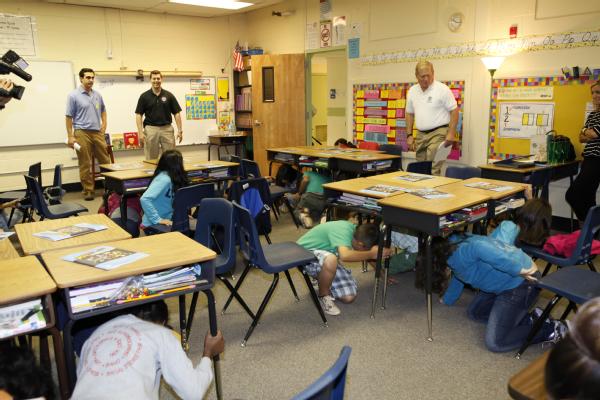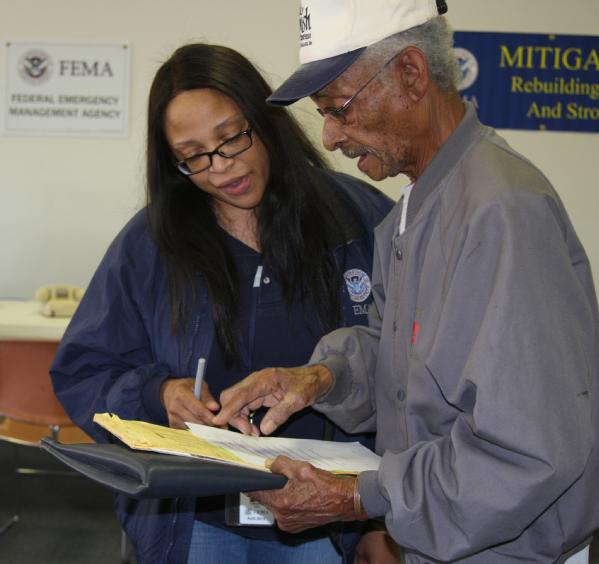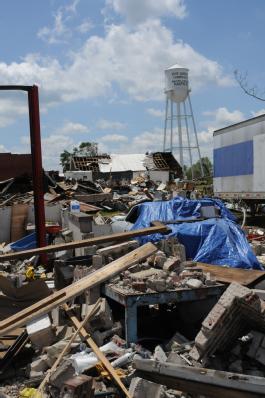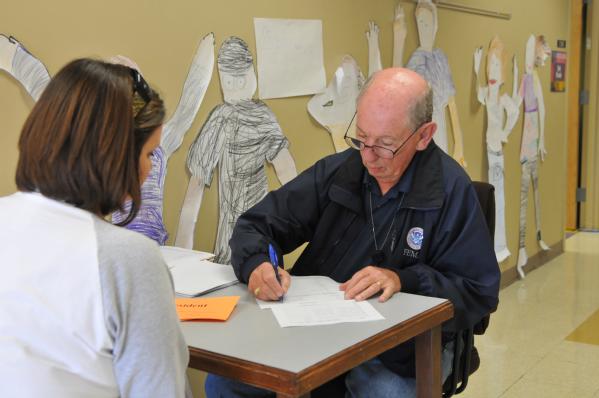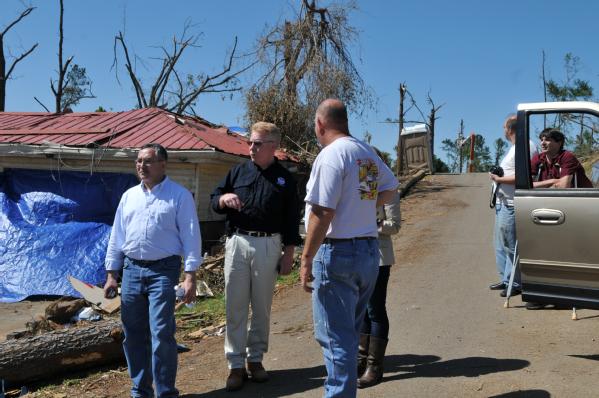I’ve written several times about using social media in emergency situations. This past Thursday, several of us from FEMA attended a hearing before a U.S. Senate panel on “Understanding the Power of Social Media as a Communication Tool in the Aftermath of Disasters.” Administrator Fugate testified at the hearing to discuss how we use social media to facilitate two-way communication with the public in a disaster environment. In case you missed it, here are some of the highlights from his testimony:
- He emphasized the importance of adapting to the method and tools that the public uses to communicate. At FEMA, we are striving to leverage the tools that people use on a daily basis, rather than trying to convince the public to adjust to the way we think they should communicate. Social media allows us to more fully engage the public as a critical partner in our efforts.
- Administrator Fugate also discussed the use of "hashtags", which are names given to common topics of conversation on Twitter. We actively participate in the social media and emergency management conversation through the hashtag "#smem" and used the hashtag "#smemhill" to discuss last week's hearing. For more, read my blog post titled “SMEM = Social Media in Emergency Management”.
- He also told a story about the power of social media, using a tropical cyclone in American Samoa as an example:
"We have to be able to listen to the community, but we may not be able to have that conversation one-on-one. Yet, in one event, I actually did. There was a tropical cyclone in the central Pacific bearing down on American Samoa…
And I had a person tweet back to me that he was on the island, and that these were the conditions. And I sent back and said ‘Thanks for the updates, can you keep sending them?’…In addition to Administrator Fugate's testimony, other governmental and non-governmental witnesses participated in the hearing to offer their unique perspectives on the value of social media as a disaster communications tool. Other speakers included:
So he kept giving me updates, and so in real-time, I had a person that was there in American Samoa giving me updates about the tropical cyclone…
And then, mid-way through the backend of the storm, he began tweeting the Chicago Bears (versus) Green Bay game because he was a Packers fan. And I realized that if he is getting information about the game and that was his new concern, then maybe the storm wasn't too bad. And it turned out that luckily it caused minimal damage. That's a rare example, but it's also telling to look at the public as part of the team and a resource and doing a better job communicating with them."
- Renee Preslar, Public Information Officer, Arkansas Department of Emergency Management;
- Suzy DeFrancis, Chief Public Affairs Officer, American Red Cross;
- Shona Brown, Senior Vice President, Google; and
- Heather Blanchard, Co-founder, CrisisCommons
For more information on this hearing, check out Administrator Fugate's written testimony or the recap video (courtesy of C-SPAN).


